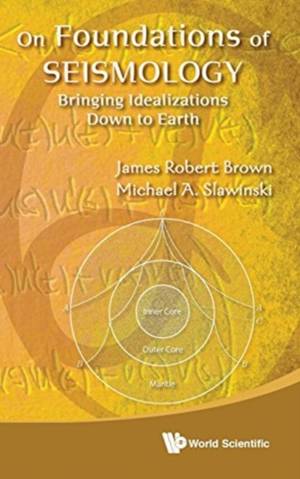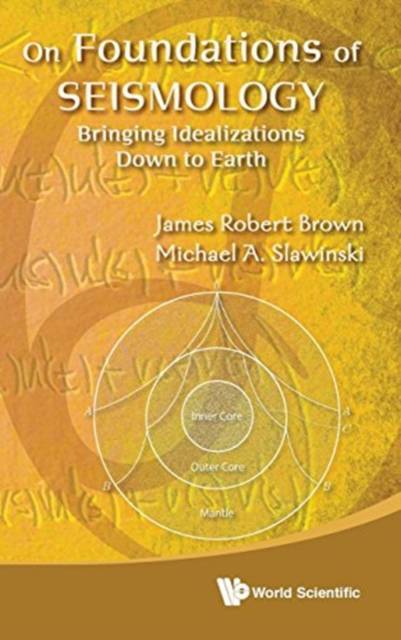
- Afhalen na 1 uur in een winkel met voorraad
- Gratis thuislevering in België vanaf € 30
- Ruim aanbod met 7 miljoen producten
- Afhalen na 1 uur in een winkel met voorraad
- Gratis thuislevering in België vanaf € 30
- Ruim aanbod met 7 miljoen producten
Zoeken
On Foundations of Seismology: Bringing Idealizations Down to Earth
James Robert Brown, Michael A Slawinski
Hardcover | Engels
€ 134,45
+ 268 punten
Omschrijving
'I can wholeheartedly recommend this book students, researchers, college and university science professors, and readers of The Leading Edge. I also recommend it to all those who want to enrich their own experience of practicing and teaching science with some carefully considered soul searching on how it all fits together in the human story of â ~figuring things outâ (TM) ... It is written throughout with precise and careful language: prudently paced, carefully crafted, eloquently enunciated, and playfully illuminated.'The Leading EdgeThis remarkable collaboration between a mathematical physicist and a science philosopher concerns foundational and conceptual issues in seismology. Their aim is to present mathematical, physical and philosophical topics in a clear and concise manner. They provide an extensive philosophical discussion of the methods of science and show how seismology fits in. They explain with care and precision the basic structure of seismology, which is built on classical continuum mechanics. Not only do they explain how various models work in seismology, they also include an extensive discussion of the nature of models and idealizations.
Specificaties
Betrokkenen
- Auteur(s):
- Uitgeverij:
Inhoud
- Aantal bladzijden:
- 184
- Taal:
- Engels
Eigenschappen
- Productcode (EAN):
- 9789814329491
- Verschijningsdatum:
- 7/07/2017
- Uitvoering:
- Hardcover
- Formaat:
- Genaaid
- Afmetingen:
- 160 mm x 234 mm
- Gewicht:
- 453 g

Alleen bij Standaard Boekhandel
+ 268 punten op je klantenkaart van Standaard Boekhandel
Beoordelingen
We publiceren alleen reviews die voldoen aan de voorwaarden voor reviews. Bekijk onze voorwaarden voor reviews.








